Bernard Girau
INRIA Lorraine - LORIA
Neuromorphic hardware as a self-organizing computing system
Oct 30, 2018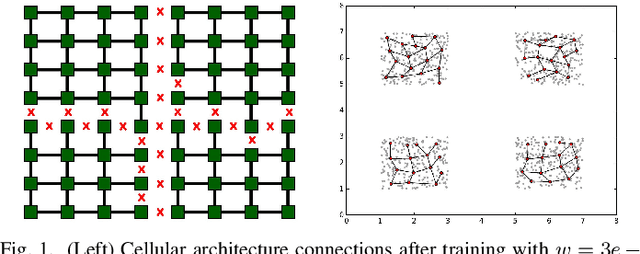
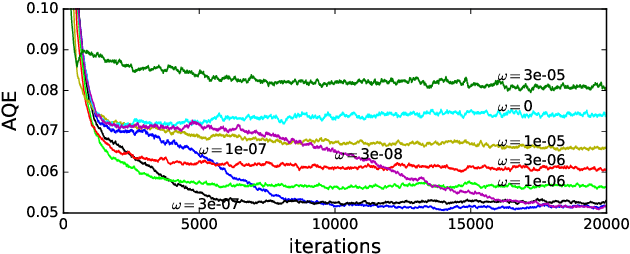
Abstract:This paper presents the self-organized neuromorphic architecture named SOMA. The objective is to study neural-based self-organization in computing systems and to prove the feasibility of a self-organizing hardware structure. Considering that these properties emerge from large scale and fully connected neural maps, we will focus on the definition of a self-organizing hardware architecture based on digital spiking neurons that offer hardware efficiency. From a biological point of view, this corresponds to a combination of the so-called synaptic and structural plasticities. We intend to define computational models able to simultaneously self-organize at both computation and communication levels, and we want these models to be hardware-compliant, fault tolerant and scalable by means of a neuro-cellular structure.
Bio-inspired speed detection and discrimination
Nov 23, 2009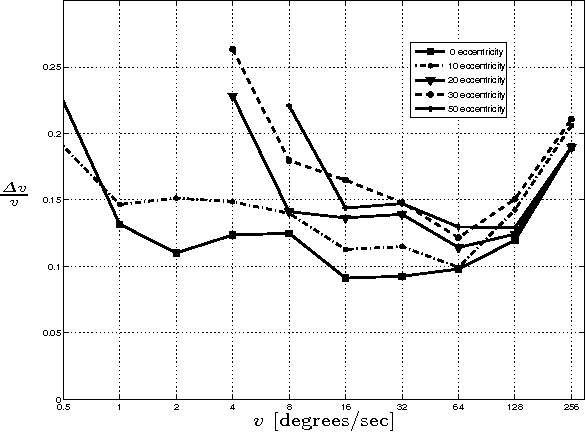
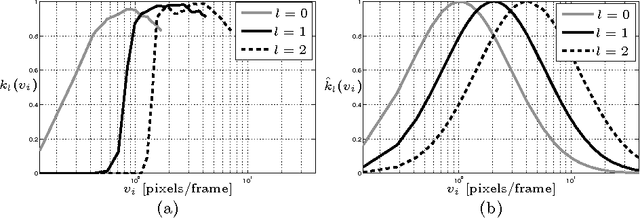
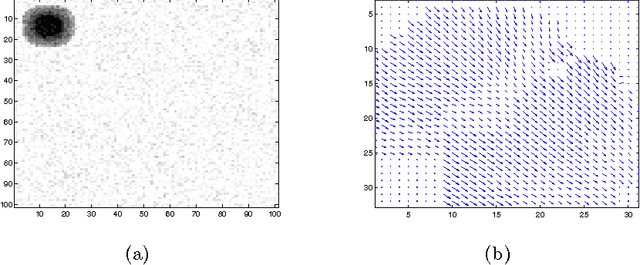
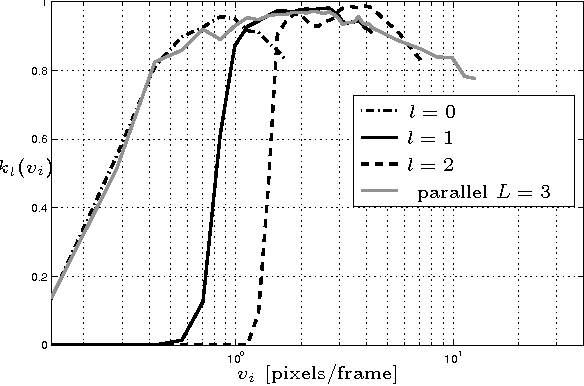
Abstract:In the field of computer vision, a crucial task is the detection of motion (also called optical flow extraction). This operation allows analysis such as 3D reconstruction, feature tracking, time-to-collision and novelty detection among others. Most of the optical flow extraction techniques work within a finite range of speeds. Usually, the range of detection is extended towards higher speeds by combining some multiscale information in a serial architecture. This serial multi-scale approach suffers from the problem of error propagation related to the number of scales used in the algorithm. On the other hand, biological experiments show that human motion perception seems to follow a parallel multiscale scheme. In this work we present a bio-inspired parallel architecture to perform detection of motion, providing a wide range of operation and avoiding error propagation associated with the serial architecture. To test our algorithm, we perform relative error comparisons between both classical and proposed techniques, showing that the parallel architecture is able to achieve motion detection with results similar to the serial approach.
 Add to Chrome
Add to Chrome Add to Firefox
Add to Firefox Add to Edge
Add to Edge